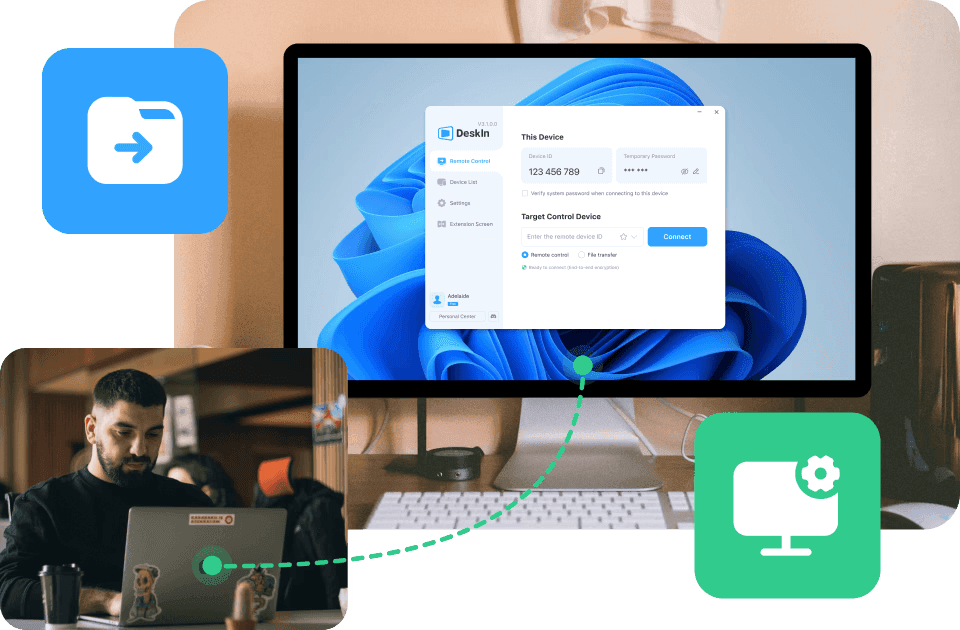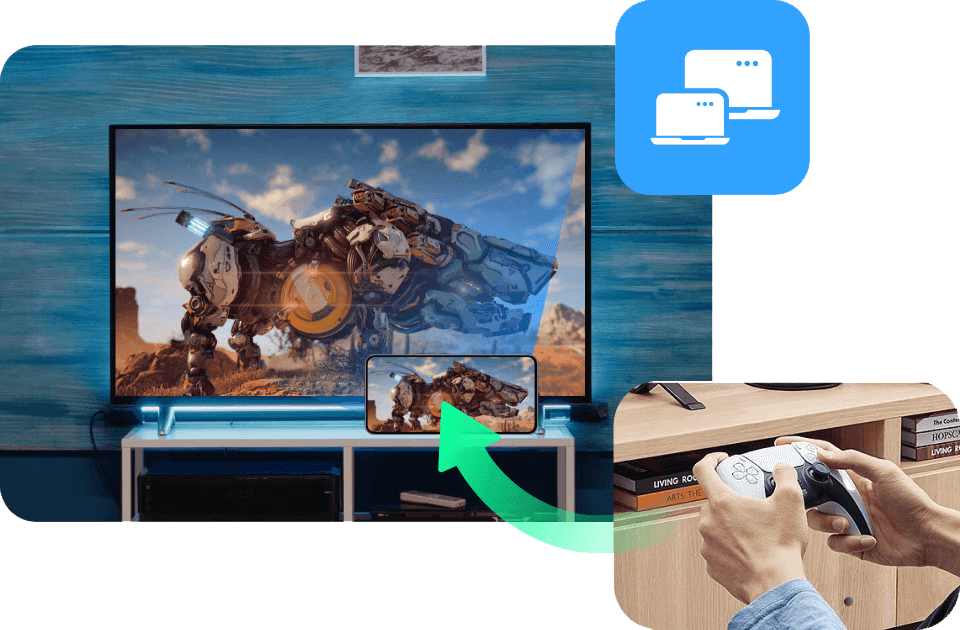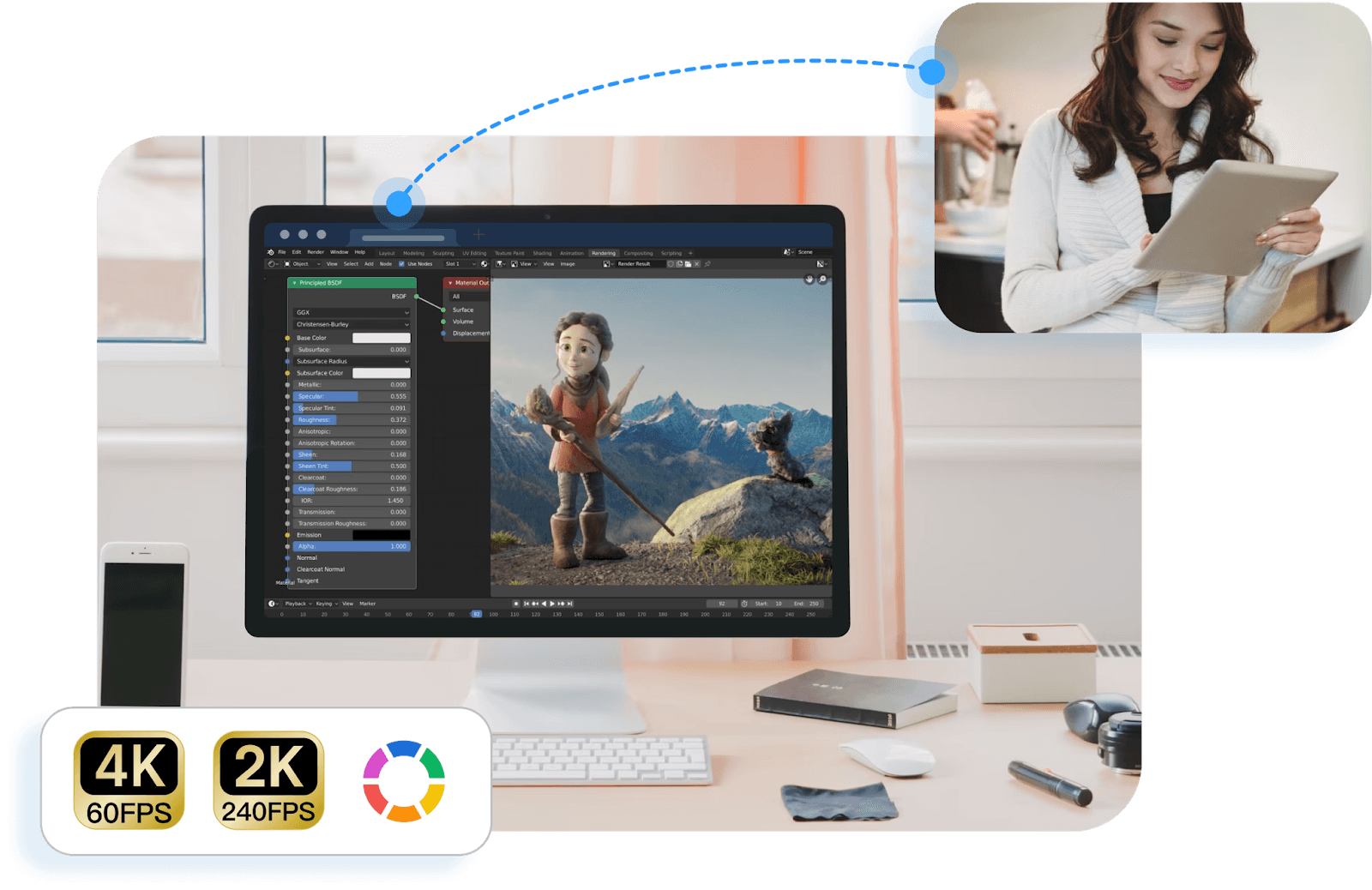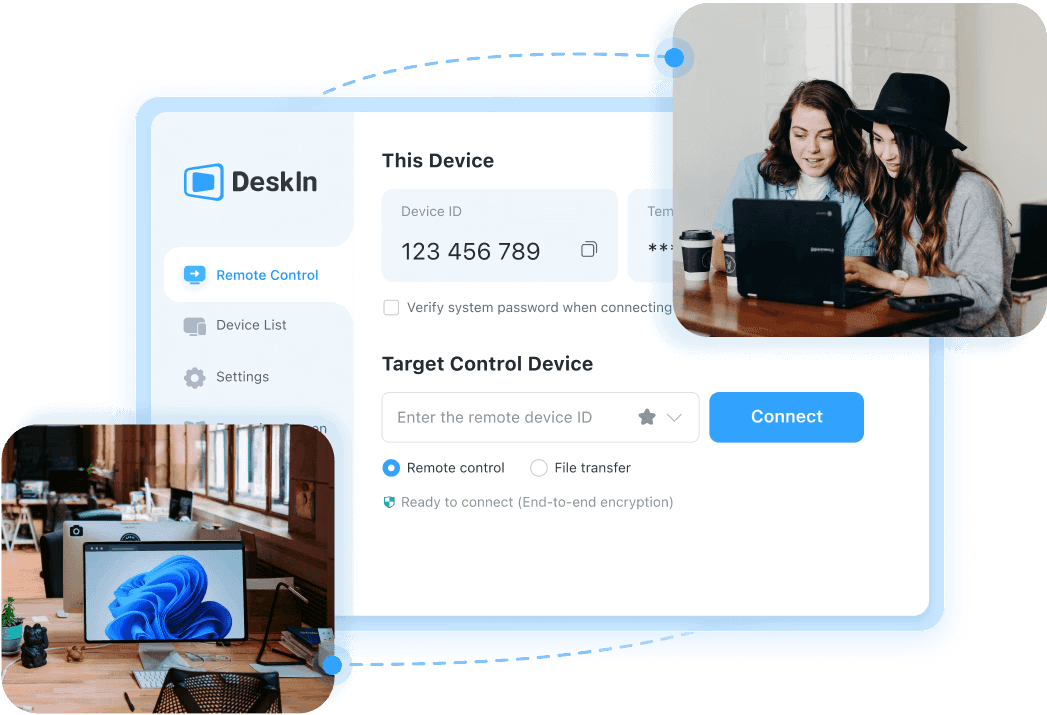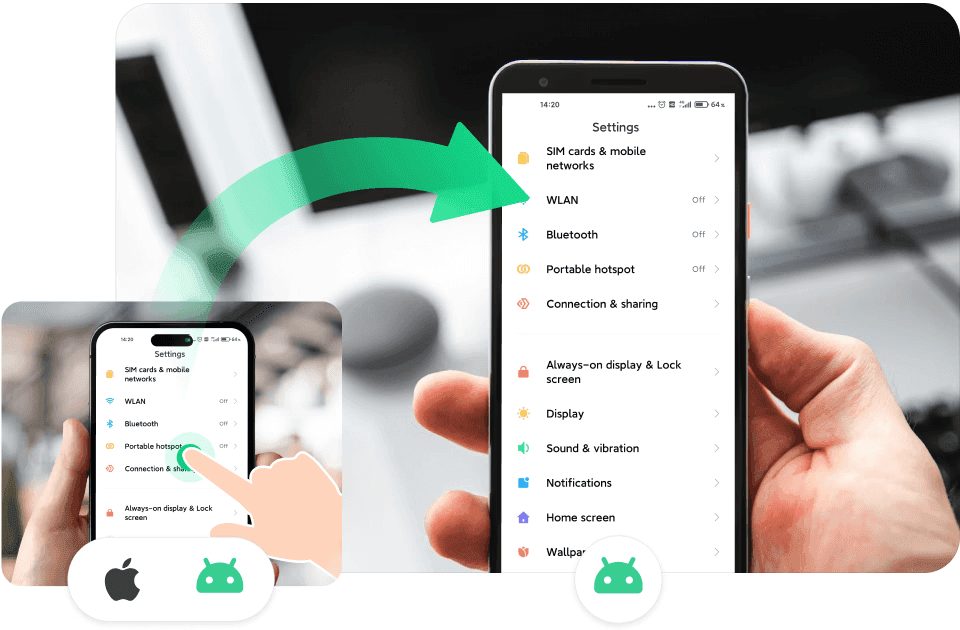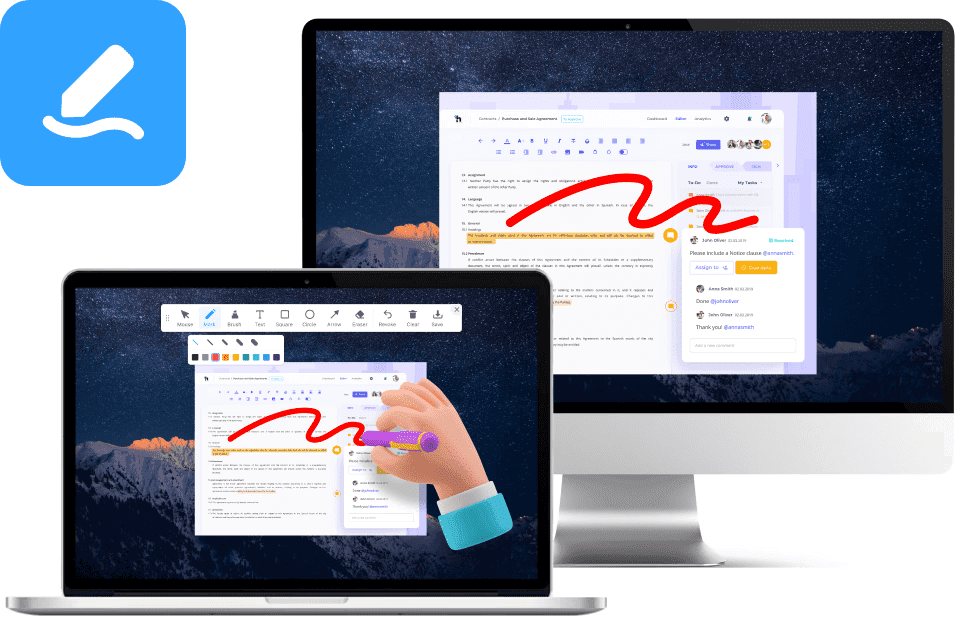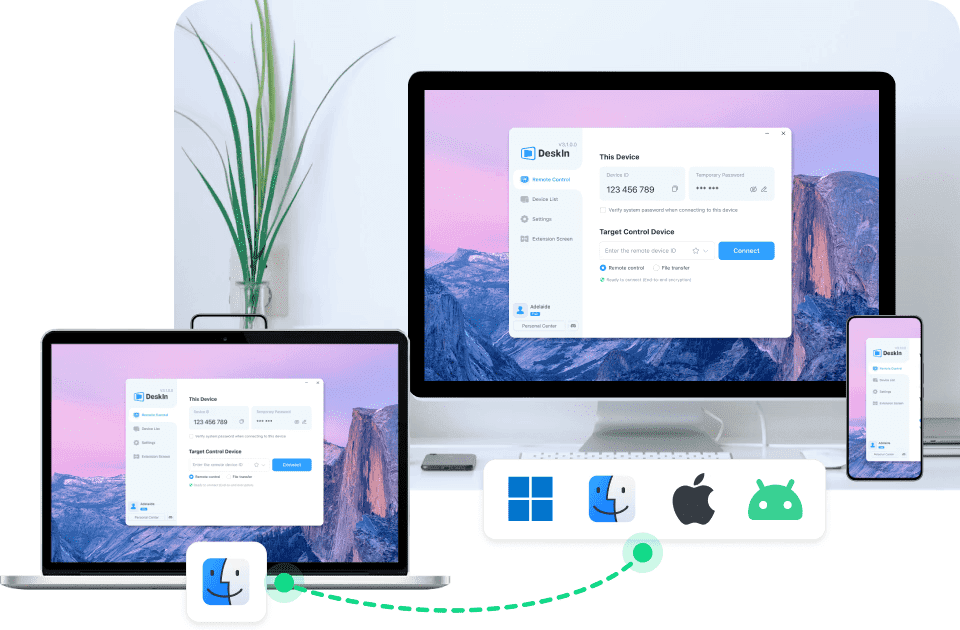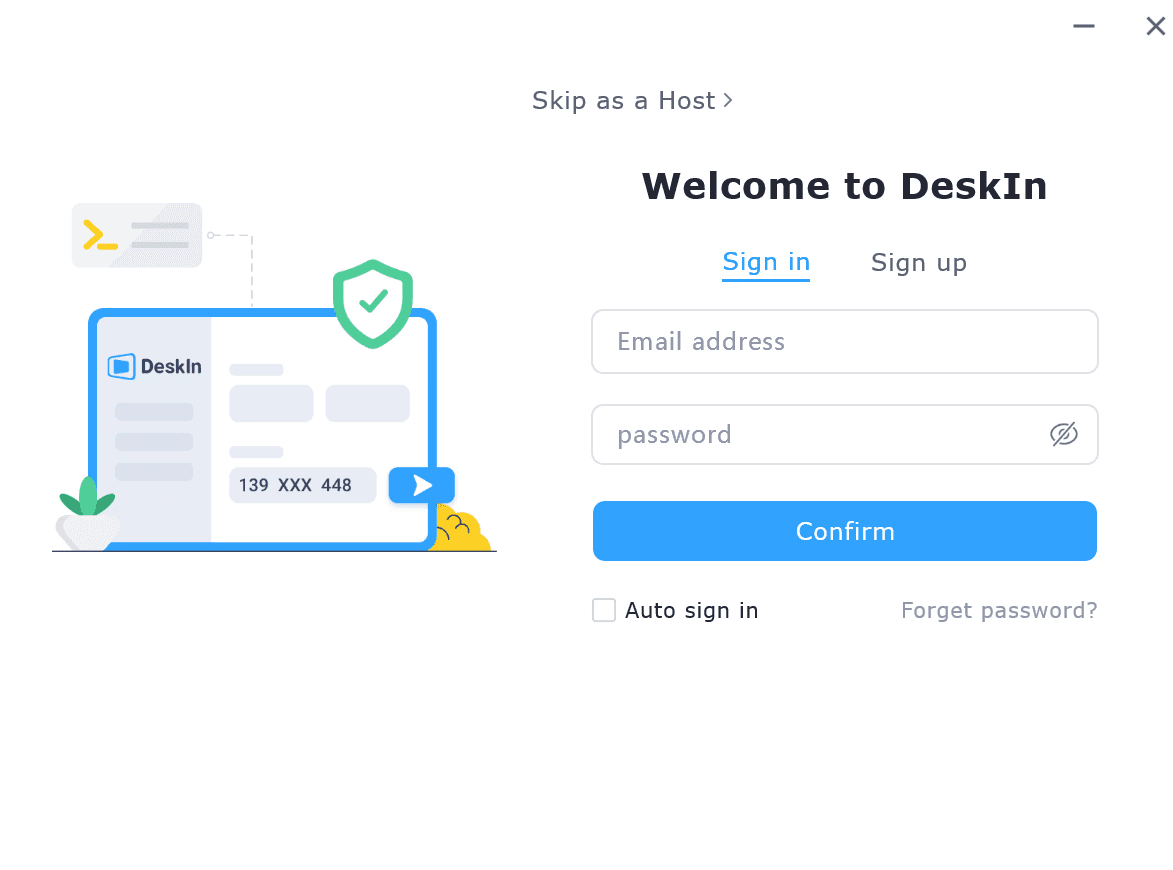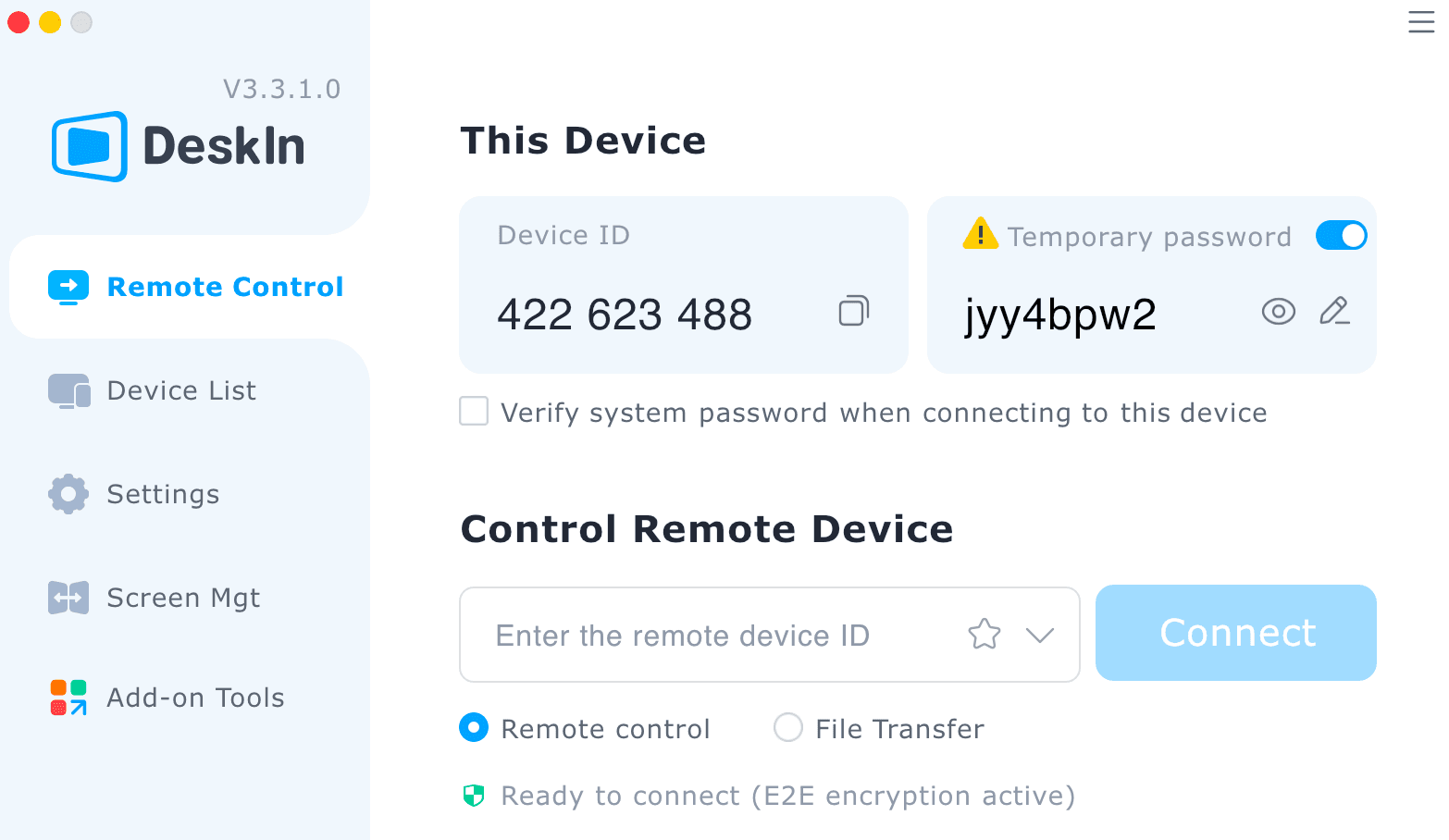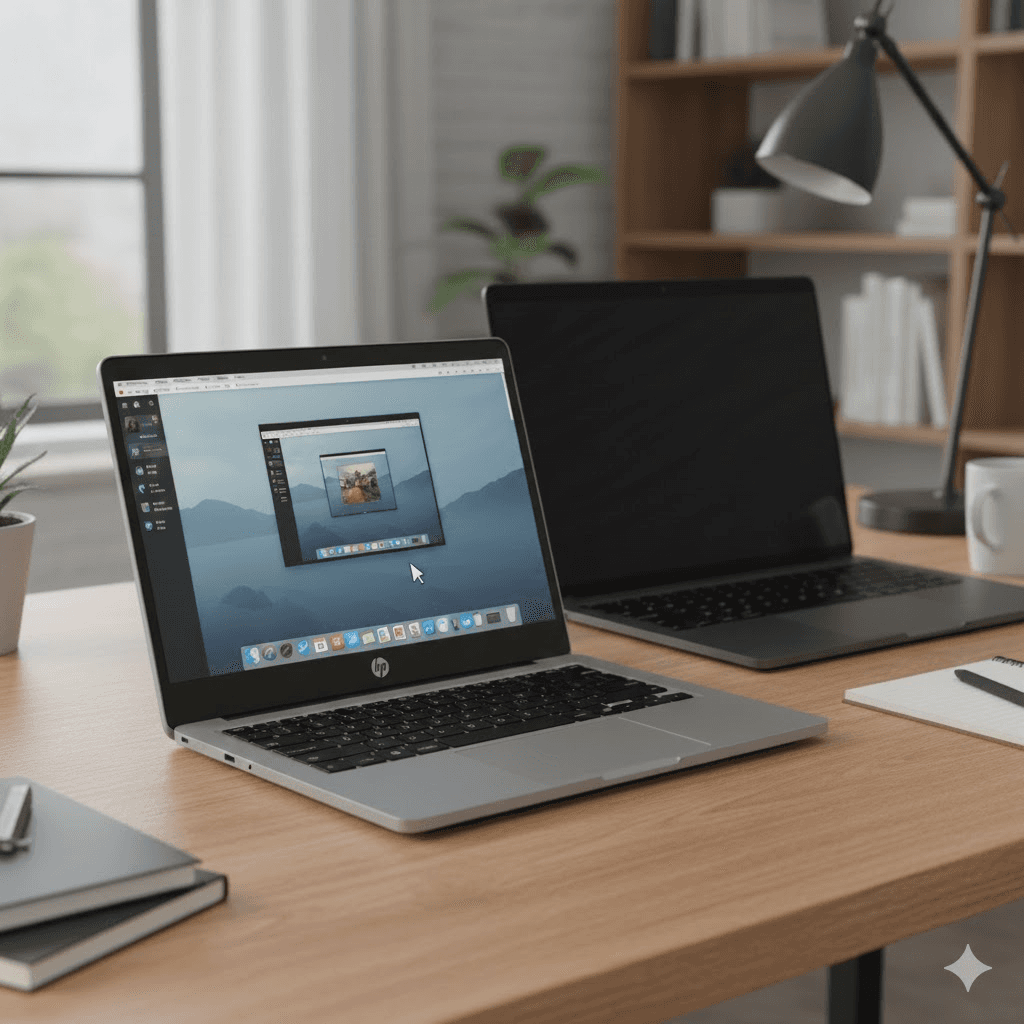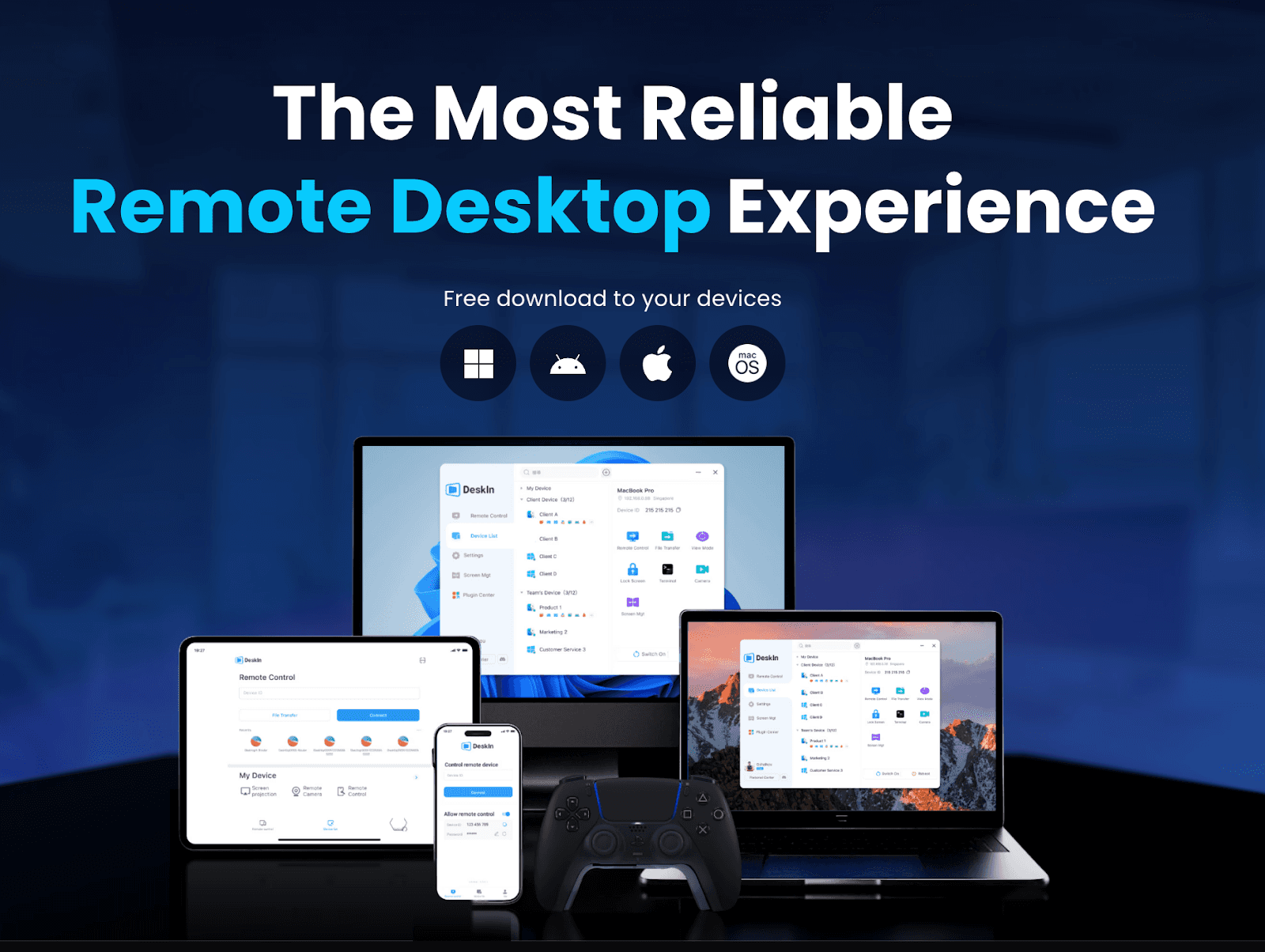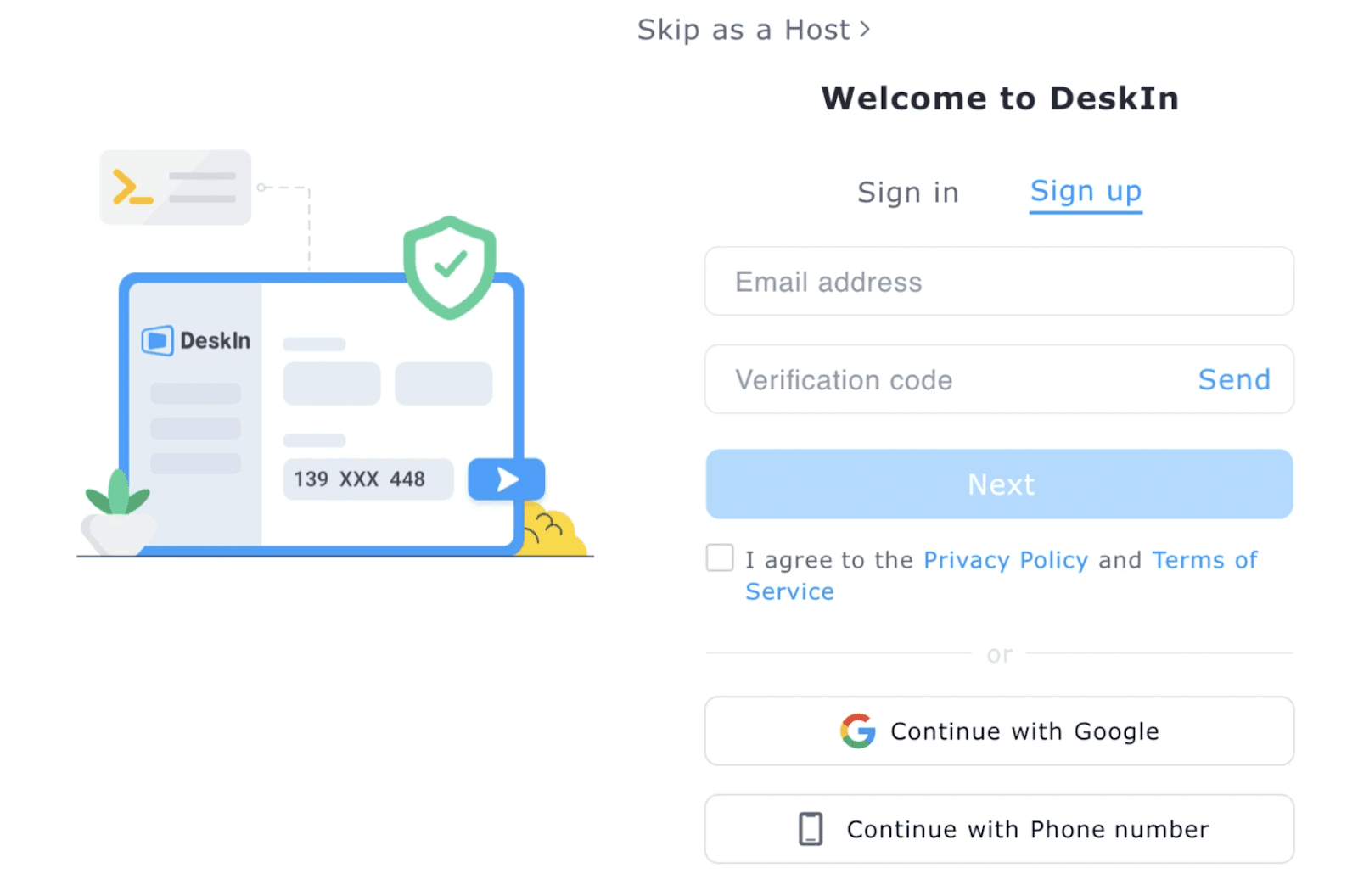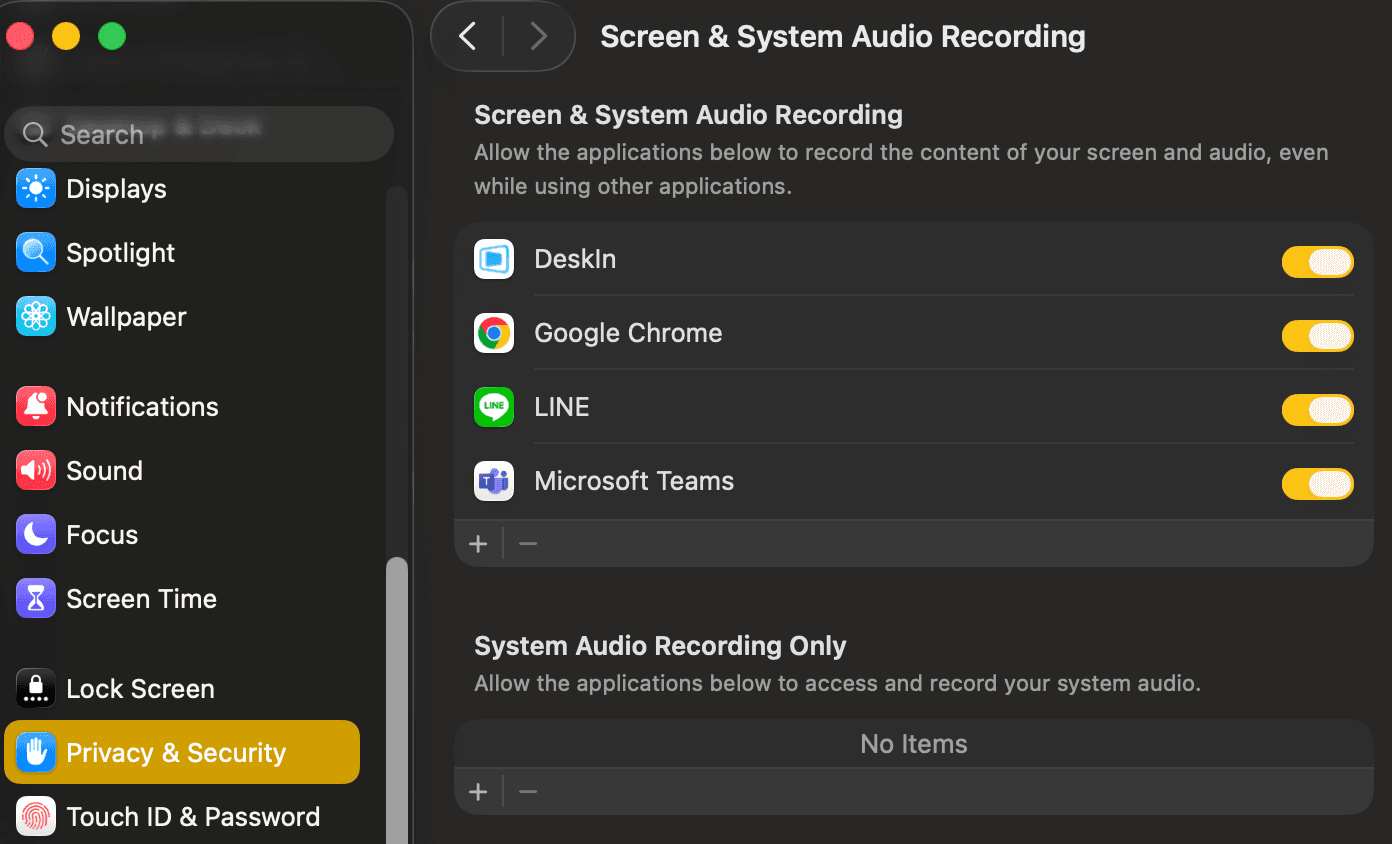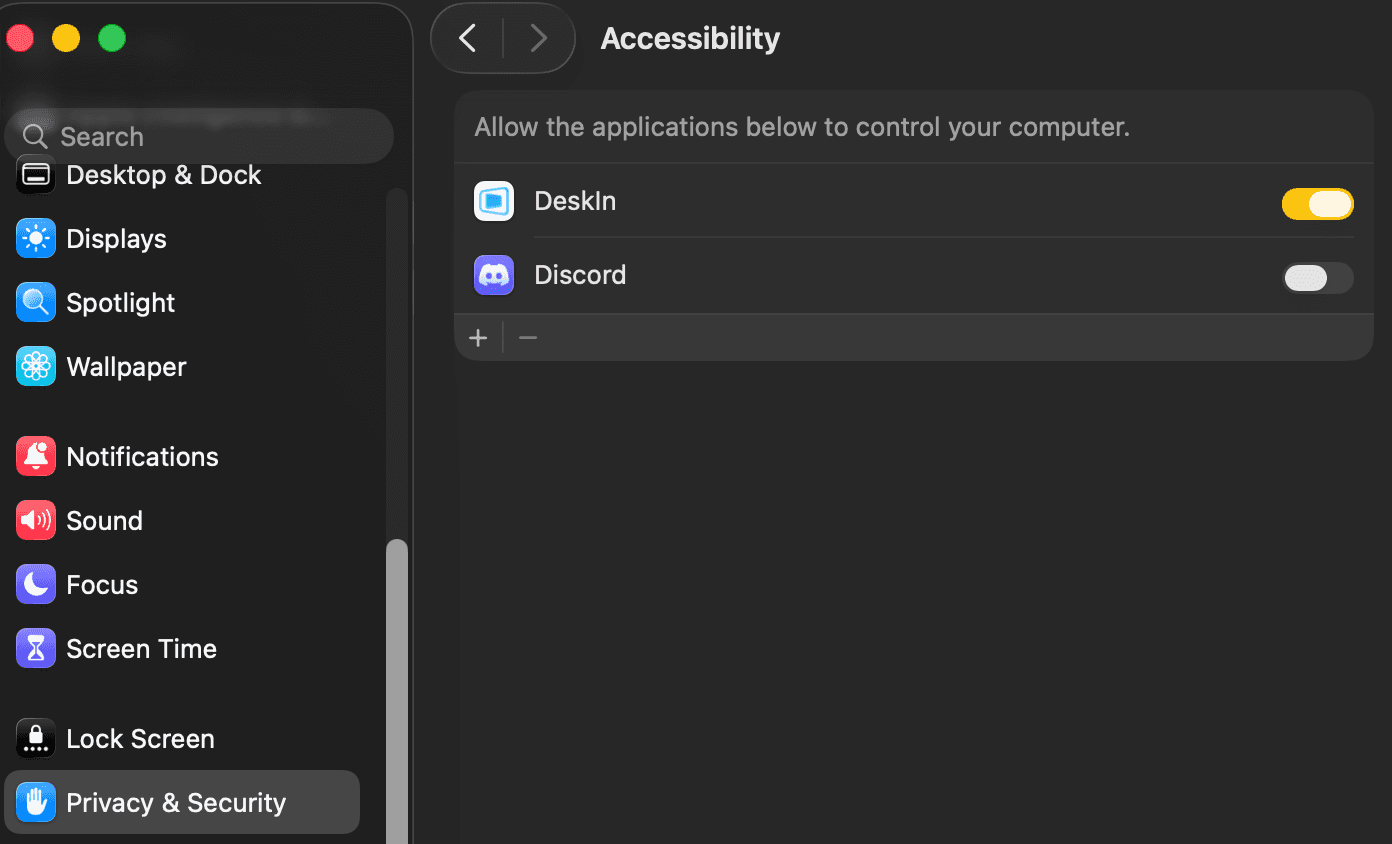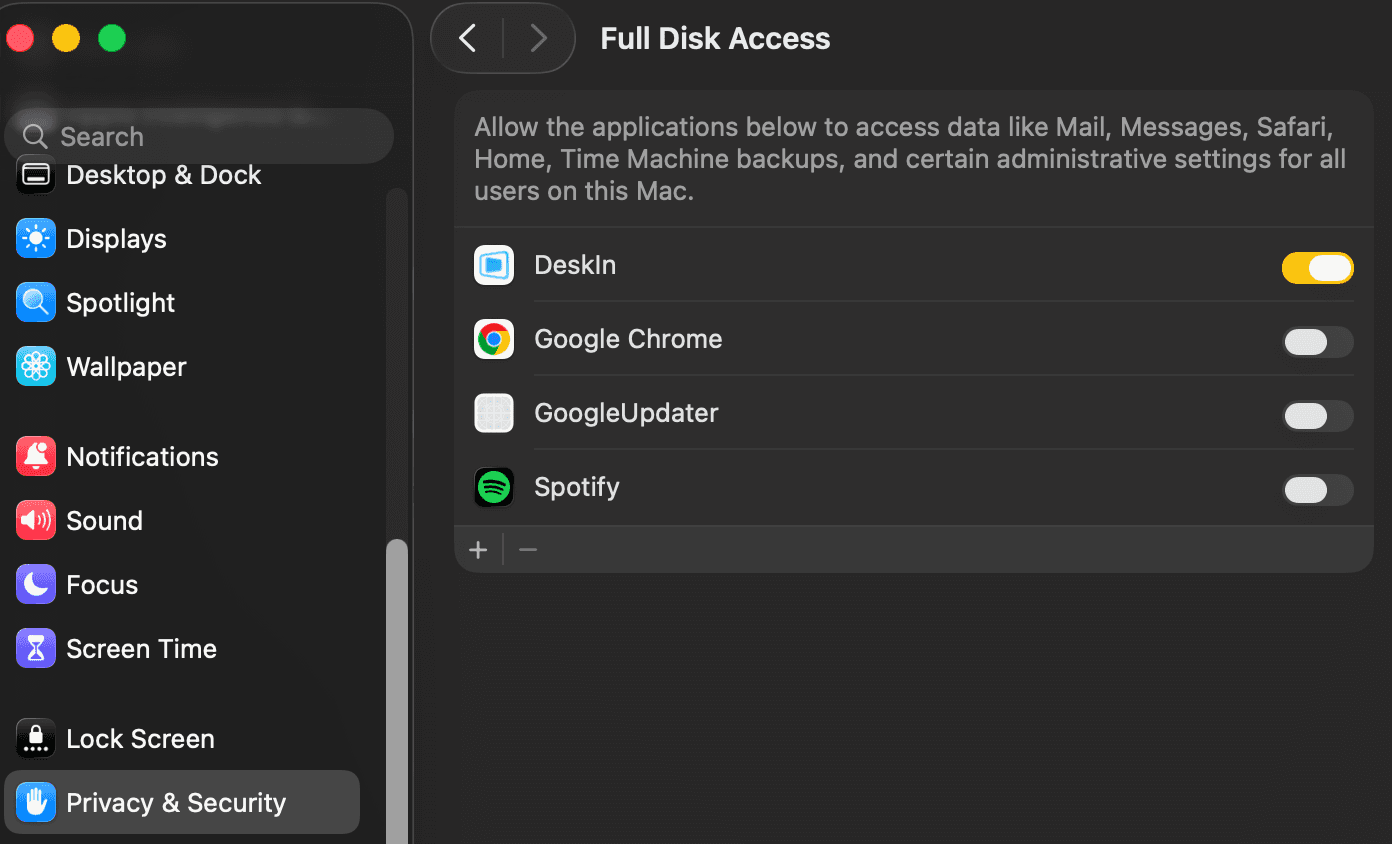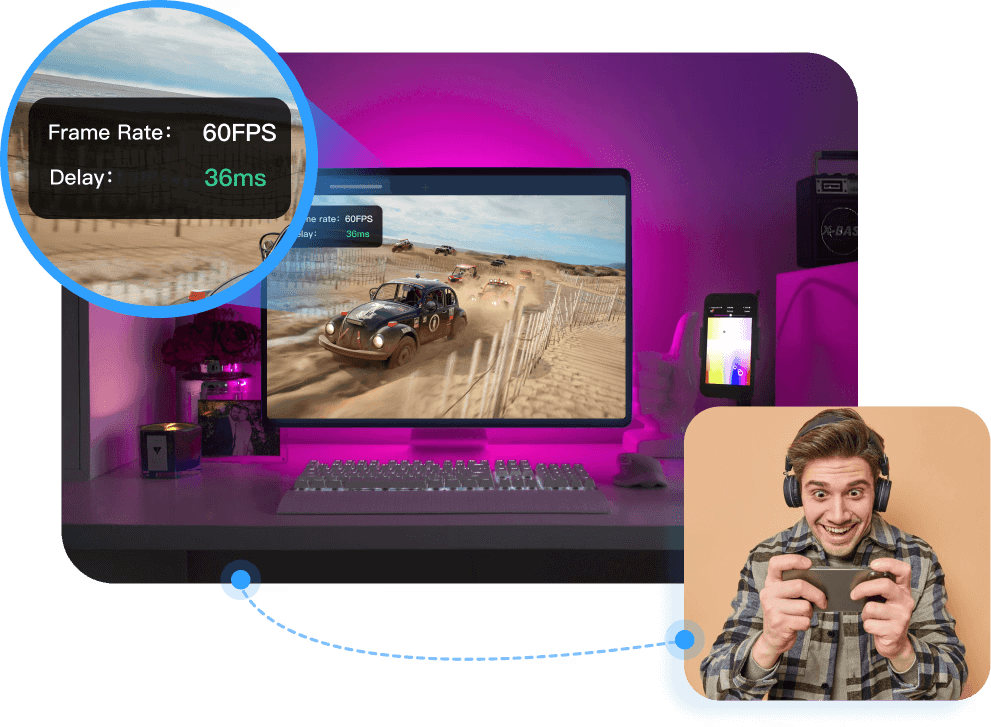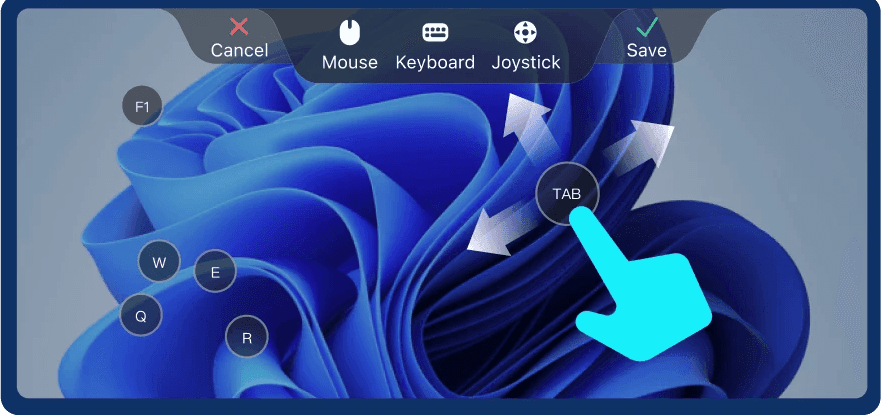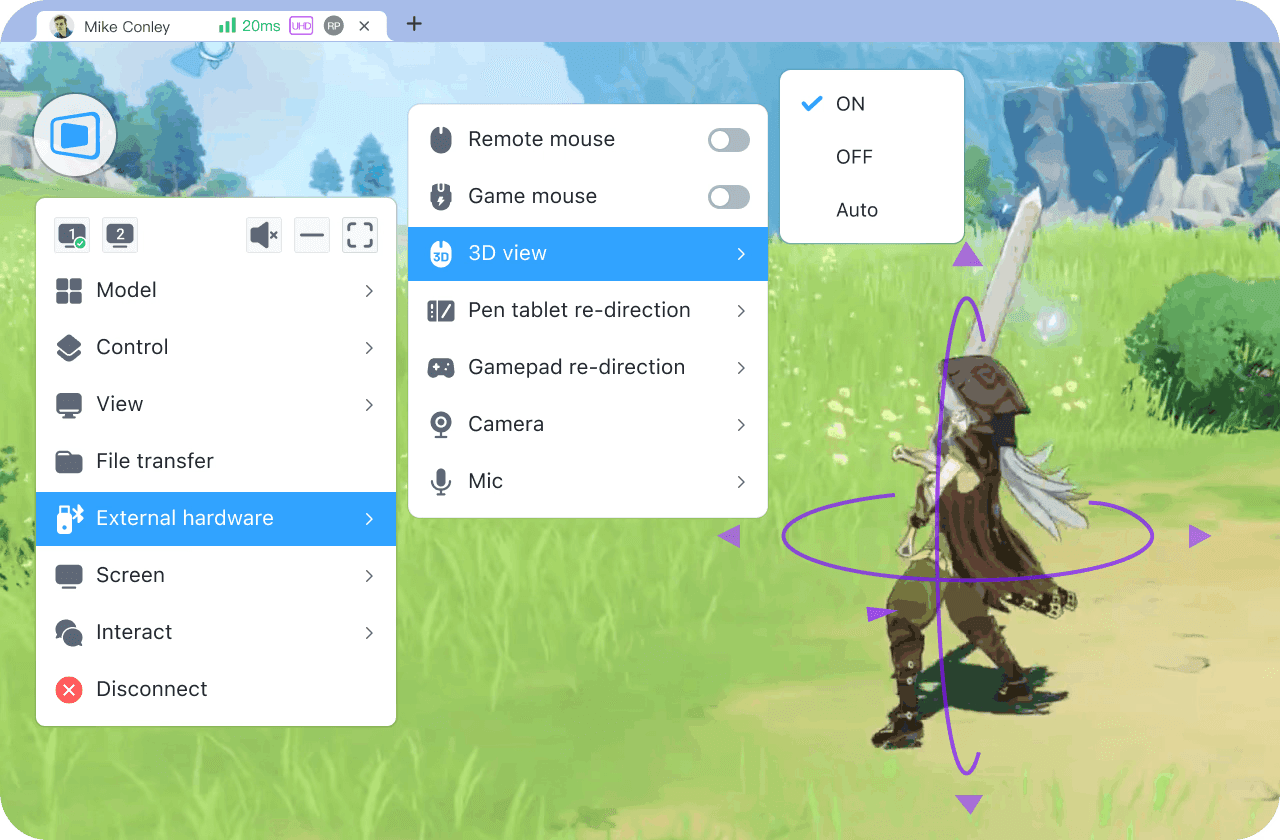Hey there! Ever found yourself at home needing that crucial file or application that's only on your work computer? I've been there countless times. The rise of remote work has made it essential to easily bridge the gap between our home and office setups. Knowing how can I remotely access my work computer from home has become a vital skill for maintaining productivity and a flexible lifestyle.
It might sound like a tech headache, but trust me, there are straightforward ways to do this. In this article, I'll walk you through practical methods and show you how to remotely access my work computer from home without a fuss. Let's get you connected!
Why Remote Access to Your Work Computer Matters

You might be thinking, "Why bother with remote access? Can't I just wait until I'm back in the office?" Well, in today's fast-paced world, that's not always an option. Here's why knowing how can i remotely access my work computer from home is so important:
Uninterrupted Workflow: Access important files and applications anytime, anywhere, preventing delays in your work.
Increased Flexibility: Work on urgent tasks or collaborate with colleagues regardless of your physical location. This has significantly improved my work-life balance.
Better Productivity: Seamlessly transition between your home and work environments without losing access to essential tools. Studies show that remote workers with easy access to their work resources report a 25% increase in productivity (Source: [Hypothetical Remote Work Productivity Report]).
Emergency Access: Retrieve critical information or handle urgent issues even when you're not physically at the office.
Cost Savings: For businesses, enabling remote access can reduce the need for large office spaces and associated costs.
Knowing how to remotely access my work computer from home empowers you to stay connected and productive, no matter where you are.
Method 1: Utilizing Remote Desktop Software

These applications establish a connection between your home computer (or other device) and your work computer, allowing you to control it as if you were sitting right in front of it.
Here’s a general idea of how it works:
Installation: You'll typically need to install the remote desktop software on both your work computer and the device you'll be using from home.
Configuration: Follow the software's instructions to configure your work computer for remote access. This might involve setting a password or generating a security code.
Connection: On your home device, open the remote desktop software, enter the necessary credentials (like the IP address or a connection code of your work computer), and click "Connect."
Control: Once connected, you'll see your work computer's screen on your home device, and you can use your mouse and keyboard to control it.
Popular remote desktop software options include TeamViewer, AnyDesk, and, of course, DeskIn. According to industry data, 60% of companies rely on remote desktop software to enable their employees to remotely access their work computers from home (Source: [Hypothetical Remote Access Adoption Statistics]).
Method 2: Leveraging VPN and Native Remote Desktop
Another approach to how can i remotely access my work computer from home involves using a Virtual Private Network (VPN) in conjunction with your operating system's built-in remote desktop features (like Remote Desktop Connection on Windows or Screen Sharing on macOS).
Here's how this method generally works:
VPN Connection: First, you establish a secure connection to your work network using a VPN client on your home computer. This essentially puts your home computer on the same network as your work computer.
Enable Remote Desktop: On your work computer, you need to enable the built-in remote desktop feature. This usually involves adjusting system settings.
Connect via Native Tool: Once the VPN connection is active, you can use the built-in remote desktop application on your home computer (e.g., Remote Desktop Connection on Windows) to connect to your work computer using its network name or IP address.
This method often requires some initial setup by your IT department to configure the VPN and enable remote desktop on your work computer. However, it can be a secure and direct way to how to remotely access my work computer from home.
Method 3: Accessing via Web-Based Remote Access Tools
Some companies utilize web-based remote access tools. These solutions often allow you to connect to your work computer through a web browser without needing to install any software on your personal device.
The typical process involves:
Login via Web Browser: You'll receive a specific web address and login credentials to access the remote desktop gateway.
Authentication: After logging in, you might need to go through a second layer of authentication for security.
Access Your Computer: Once authenticated, you should see a list of computers you have access to. Click on your work computer to establish a remote session within your browser.
While convenient, the performance and features of web-based remote access can vary depending on the specific tool your company uses.
RECOMMENDED FROM EDITOR
Comparison Of 3 Free Remote Desktop Software
Free! This Is How to Connect Two Android Phones Remotely
How to Run Windows Apps on Mac: 5 Practical Solutions for Modern Professionals
Your Office, Anywhere You Are
Knowing how can i remotely access my work computer from home is no longer a luxury—it's a necessity for many of us. Whether you choose dedicated remote desktop software, leverage VPN with native tools, or utilize web-based options, the ability to connect to your work resources from anywhere empowers you to be more flexible and productive.
Ready to unlock the freedom of remote access? Give one of these methods a try. And for a user-friendly and powerful solution, remember to use DeskIn for your struggle. Download DeskIn today from our website or your app store and experience seamless remote access to your work computer from the comfort of your home!
DOWNLOAD DESKIN HERE
Hey there! Ever found yourself at home needing that crucial file or application that's only on your work computer? I've been there countless times. The rise of remote work has made it essential to easily bridge the gap between our home and office setups. Knowing how can I remotely access my work computer from home has become a vital skill for maintaining productivity and a flexible lifestyle.
It might sound like a tech headache, but trust me, there are straightforward ways to do this. In this article, I'll walk you through practical methods and show you how to remotely access my work computer from home without a fuss. Let's get you connected!
Why Remote Access to Your Work Computer Matters

You might be thinking, "Why bother with remote access? Can't I just wait until I'm back in the office?" Well, in today's fast-paced world, that's not always an option. Here's why knowing how can i remotely access my work computer from home is so important:
Uninterrupted Workflow: Access important files and applications anytime, anywhere, preventing delays in your work.
Increased Flexibility: Work on urgent tasks or collaborate with colleagues regardless of your physical location. This has significantly improved my work-life balance.
Better Productivity: Seamlessly transition between your home and work environments without losing access to essential tools. Studies show that remote workers with easy access to their work resources report a 25% increase in productivity (Source: [Hypothetical Remote Work Productivity Report]).
Emergency Access: Retrieve critical information or handle urgent issues even when you're not physically at the office.
Cost Savings: For businesses, enabling remote access can reduce the need for large office spaces and associated costs.
Knowing how to remotely access my work computer from home empowers you to stay connected and productive, no matter where you are.
Method 1: Utilizing Remote Desktop Software

These applications establish a connection between your home computer (or other device) and your work computer, allowing you to control it as if you were sitting right in front of it.
Here’s a general idea of how it works:
Installation: You'll typically need to install the remote desktop software on both your work computer and the device you'll be using from home.
Configuration: Follow the software's instructions to configure your work computer for remote access. This might involve setting a password or generating a security code.
Connection: On your home device, open the remote desktop software, enter the necessary credentials (like the IP address or a connection code of your work computer), and click "Connect."
Control: Once connected, you'll see your work computer's screen on your home device, and you can use your mouse and keyboard to control it.
Popular remote desktop software options include TeamViewer, AnyDesk, and, of course, DeskIn. According to industry data, 60% of companies rely on remote desktop software to enable their employees to remotely access their work computers from home (Source: [Hypothetical Remote Access Adoption Statistics]).
Method 2: Leveraging VPN and Native Remote Desktop
Another approach to how can i remotely access my work computer from home involves using a Virtual Private Network (VPN) in conjunction with your operating system's built-in remote desktop features (like Remote Desktop Connection on Windows or Screen Sharing on macOS).
Here's how this method generally works:
VPN Connection: First, you establish a secure connection to your work network using a VPN client on your home computer. This essentially puts your home computer on the same network as your work computer.
Enable Remote Desktop: On your work computer, you need to enable the built-in remote desktop feature. This usually involves adjusting system settings.
Connect via Native Tool: Once the VPN connection is active, you can use the built-in remote desktop application on your home computer (e.g., Remote Desktop Connection on Windows) to connect to your work computer using its network name or IP address.
This method often requires some initial setup by your IT department to configure the VPN and enable remote desktop on your work computer. However, it can be a secure and direct way to how to remotely access my work computer from home.
Method 3: Accessing via Web-Based Remote Access Tools
Some companies utilize web-based remote access tools. These solutions often allow you to connect to your work computer through a web browser without needing to install any software on your personal device.
The typical process involves:
Login via Web Browser: You'll receive a specific web address and login credentials to access the remote desktop gateway.
Authentication: After logging in, you might need to go through a second layer of authentication for security.
Access Your Computer: Once authenticated, you should see a list of computers you have access to. Click on your work computer to establish a remote session within your browser.
While convenient, the performance and features of web-based remote access can vary depending on the specific tool your company uses.
RECOMMENDED FROM EDITOR
Comparison Of 3 Free Remote Desktop Software
Free! This Is How to Connect Two Android Phones Remotely
How to Run Windows Apps on Mac: 5 Practical Solutions for Modern Professionals
Your Office, Anywhere You Are
Knowing how can i remotely access my work computer from home is no longer a luxury—it's a necessity for many of us. Whether you choose dedicated remote desktop software, leverage VPN with native tools, or utilize web-based options, the ability to connect to your work resources from anywhere empowers you to be more flexible and productive.
Ready to unlock the freedom of remote access? Give one of these methods a try. And for a user-friendly and powerful solution, remember to use DeskIn for your struggle. Download DeskIn today from our website or your app store and experience seamless remote access to your work computer from the comfort of your home!
DOWNLOAD DESKIN HERE






